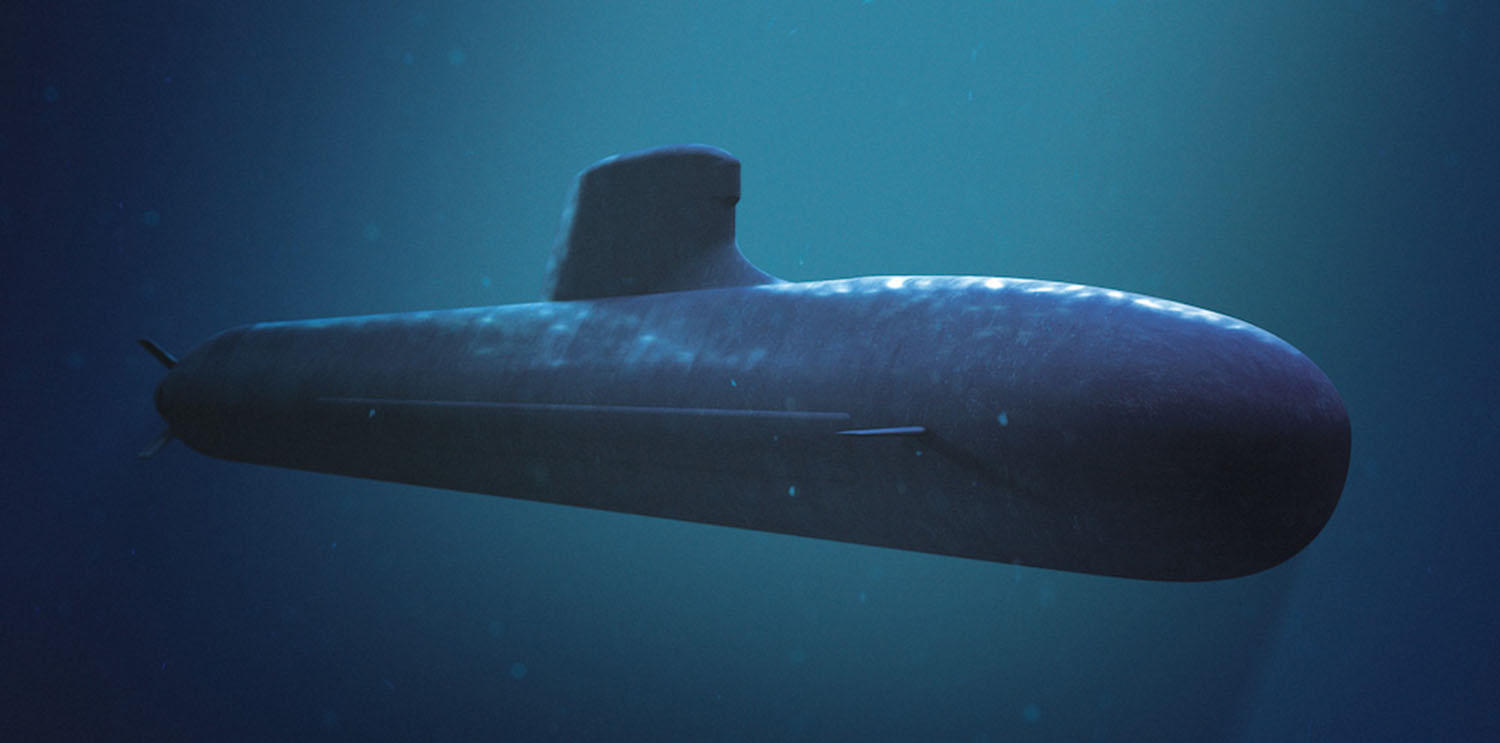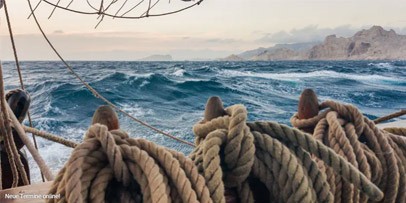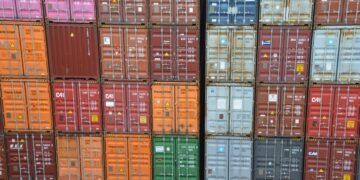Atlas Elektronik, developer and manufacturer of sonar systems for submarines, minesweepers and combat vessels as well as torpedoes and autonomous systems, has been commissioned by Lockheed Martin Australia (LMA) to design the bow sonar base for the future submarines in the Attack-class aircraft. Lockheed Martin Australia is the prime contractor appointed by the Australian Government in 2018 for the development, design and integration of the Combat Management System (CMS).
Australian media reports that Atlas Elektronik's Bugsonar base has been selected by Lockheed Martin Australia as part of a selection process. Atlas Elektronik will work with its Sydney-based subsidiary Sonartech Atlas as a subcontractor for the design phase. "We are very pleased to be able to contribute to Australia's largest defence programme to date," said Michael Ozegowski, CEO of Atlas. "This capability solution was selected as it best meets the commercial and acoustic technology requirements of the Australian programme. We are now developing one of the world's most advanced acoustic submarine bow array solutions for Australia and the Royal Australian Navy."
The design of the bow sonar base for the Australian submarines is being developed in Bremen. According to the company, it is based on an existing solution that has evolved over time in response to customer specifications and the latest technological developments. Atlas intends to present its new development ECAS (Expanded Conformal Array Sonar) to a wider audience at the Undersea Defence Technology (UDT) exhibition in Rostock from 29 June to 1 July. It stands to reason that the solution for Australia will be based on this.
Australia and France signed a strategic partnership in Canberra on 11 February 2019, which focuses on the future submarine construction programme Australian Future Submarine Program (FSP). With the conclusion of the contract for the construction of twelve submarines of the Attack-class, there was a long and tough struggle to replace the six submarines of the Collins-class. The Naval Group was able to prevail against Japanese, Swedish, Spanish and German competitors in the deal, which is now worth 57.5 billion euros (90 billion Australian dollars). The future submarines of the Attack-class build on the design of the Barracuda of Naval Group - in contrast to the one realised in France. Suffren-class with a conventional drive.
Lockheed Martin Australia was selected as a Combat System Integrator (CSI) for the Future Submarine Programme at the end of 2016. The decision was made in favour of the AN/BYG-1 submarine command and weapon deployment system manufactured in the USA, which is installed on submarines of the Los Angeles--, Seawolf-- and Virginia--class of the US Navy and is also used on the submarines of the Collins-class is installed.
Australia's Future Submarine Program is the largest defence investment programme in the country's history. The programme is not without controversy in Australia. In January 2020, a discussion was sparked in which the entire project was called into question due to a delay of nine months in the design phase that became known at the time. Australian Defence Minister Linda Reynolds recently made her frustration with the progress of the programme public. In addition to the failure to meet important milestones, the cost development is also a decisive factor for the critics - at the time the contract was signed, the sum was 50 billion Australian dollars. Construction is now scheduled to begin in 2022-23. The first submarine, the HMAS Attack is currently scheduled to expire in 2034. This means that the decommissioning of the Collins-submarines could not begin until 2036.
For Australia, the project is not only important for security policy reasons. Canberra is watching the arms build-up in China with growing concern. In addition, the Australian government expects the programme to preserve highly qualified jobs and transfer expertise in a heavily shaken shipyard landscape - around 2,500 - 3,000 jobs were reported when the contract was signed.
Text: Hans-Uwe Mergener; Graphic: Australian Navy












0 Kommentare